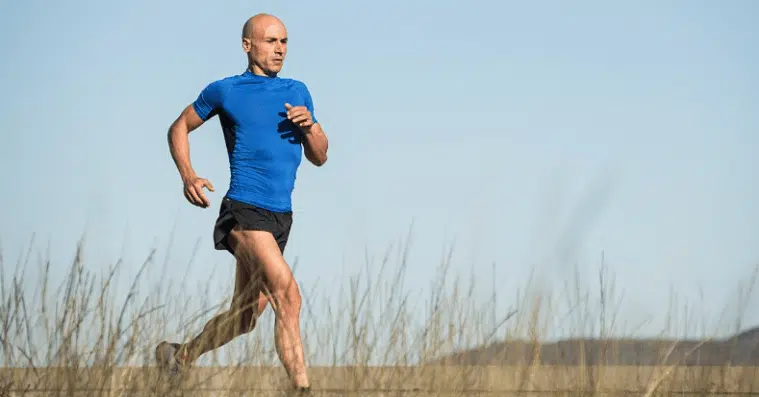
Running is a form of exercise that many people do to stay in shape, lose weight, and reduce stress. Avid runners do their best to ignore hip pain while they’re on the road, trail, track, or treadmill. There comes a point when their pain forces them to seek care. Let’s view the most common causes of hip pain seen in recreational runners…
There are two main categories of hip pain: intra-articular and extra-articular. Intra-articular is inside of the joint and extra-articular is outside of the joint. Osteoarthritis and labral tears can cause intra-articular pain. Bursitis is the most common cause of extra-articular hip pain.
Osteoarthritis (OA) occurs from wear and tear often tied to sports and/or weight-bearing occupations. It is more common in the elderly. Chiropractors are knowledgeable in identifying those with OA-related hip pain. They can manage the disease up to the end-stage when “bone-on-bone” contact occurs. When bone-on-bone contact occurs, hip replacement becomes the standard of care.
Labral tears can be trickier to identify because advanced imaging is often needed since the labrum does not appear on standard x-rays. If a labral tear is present, chiropractic care will focus on improving range of motion and flexibility. Care will also address muscular imbalances in the hip and associated areas.
Bursitis Hip Pain
Bursitis occurs when the bursa becomes inflamed. The bursa is a fluid-filled sac that lubricates areas where friction is common such as at muscle-tendon attachments to bone. It can cause pain and affect joint motion. In the hip, there are two major bursae. The greater trochanter is the bone that sticks out of the side of the hip by our pants front pocket. The other is at the ischial tuberosity which is the “sitting bones” in the buttocks. Another hip bursa is the iliopectineal located in the front of the hip, the groin area, and under the hip flexor muscle.
Chiropractors are well versed in managing many common conditions that affect the hip, as well as conditions in the low back, sacrum, buttocks, pelvis, and lower extremities that can contribute to or co-occur with hip pain. For runners, one of the primary goals of treatment is to reduce pain and restore function so that they can resume their normal activities as quickly as possible.


